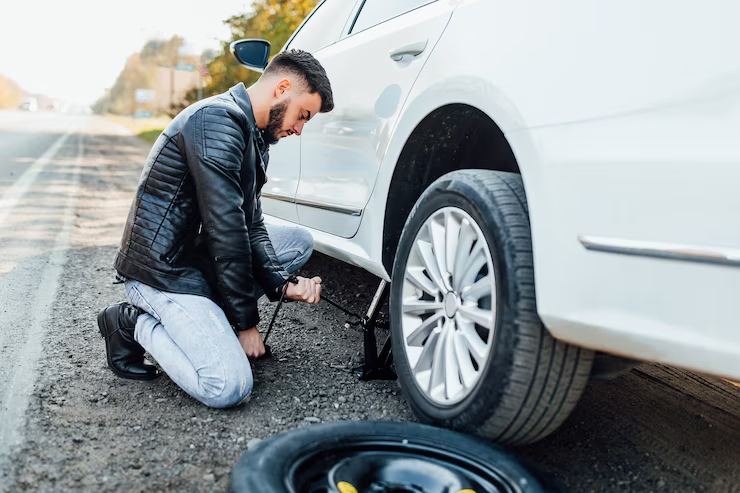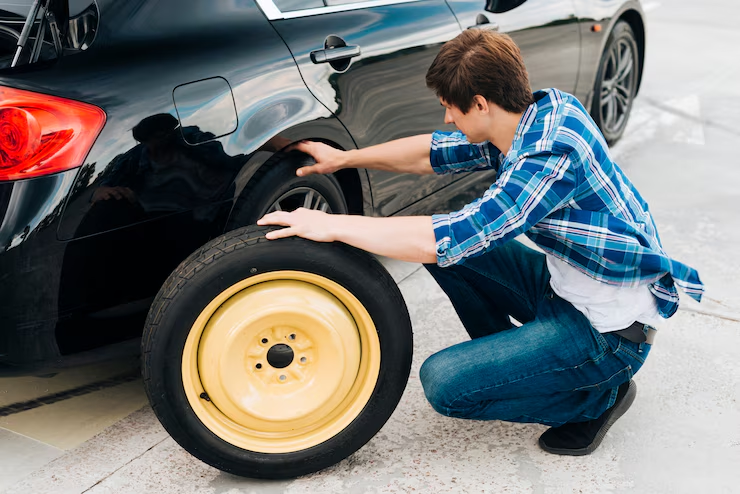Introduction
Tires are the only part of your car touching the road, so their condition is crucial for safety, performance, and comfort. But many drivers find their tires wearing out faster than expected. Why does this happen, and how can you fix it?

Why Do Tires Wear Out So Fast?
improper Tire Pressure
Under-inflation causes more tire surface to touch the road, creating excess heat and wear on the edges.Over-inflation concentrates pressure in the center, leading to faster center tread wear.
Misalignment
Poor wheel alignment causes uneven tire wear, often seen as one-sided wear or “feathering.” It happens when suspension or steering components are off, making tires drag rather than roll smoothly.
Aggressive Driving
Frequent hard braking, rapid acceleration, and sharp cornering increase tire friction, heat, and tread wear.
Poor Suspension or Worn Parts
Bad shocks or struts make tires bounce, causing irregular tread wear or “cupping.”
Driving Conditions
Rough roads, potholes, and harsh weather accelerate tire damage.
Heavy Loads or Excess Weight
Carrying heavy cargo or adding weight stresses tires, especially if they aren’t rated for the load.
Tire Quality
Low-quality tires use softer rubber or cheaper construction, wearing out sooner.
How to Fix It: Tips to Make Your Tires Last Longer
Check and Maintain Tire Pressure Regularly
Use a reliable tire gauge and inflate tires to the manufacturer’s recommended pressure (found in the driver’s door jamb or manual).
Get Regular Wheel Alignments
Have your alignment checked annually or if you notice uneven tire wear or your car pulling to one side.
Rotate Your Tires Often
Rotate tires every 5,000 to 8,000 miles to ensure even wear.
Drive Smoothly
Avoid rapid acceleration, hard braking, and aggressive cornering to reduce tire stress.
Inspect and Maintain Suspension
Replace worn shocks, struts, and other suspension parts promptly.
Choose Quality Tires
Invest in tires from reputable brands that suit your driving needs.
Avoid Overloading Your Vehicle
Stick to your car’s recommended load limits.
Bonus: Special Tips for EV Owners
Electric vehicles tend to wear tires faster due to heavier batteries and instant torque. Consider EV-specific tires and rotate them more frequently.
When to Replace Your Tires
Tread depth less than 2/32 inch
Visible cracks, bulges, or sidewall damage
Uneven or cupped wear patterns
Tires older than 6 years regardless of tread

Conclusion
Fast tire wear isn’t inevitable. By maintaining proper tire pressure, alignment, suspension, and driving habits, you can significantly extend your tires’ lifespan — saving money and keeping your ride safe.Tired of replacing your tires too often? Learn the real reasons behind rapid tire wear—like poor alignment, underinflation, or driving habits—and how to fix them for longer-lasting performance.

